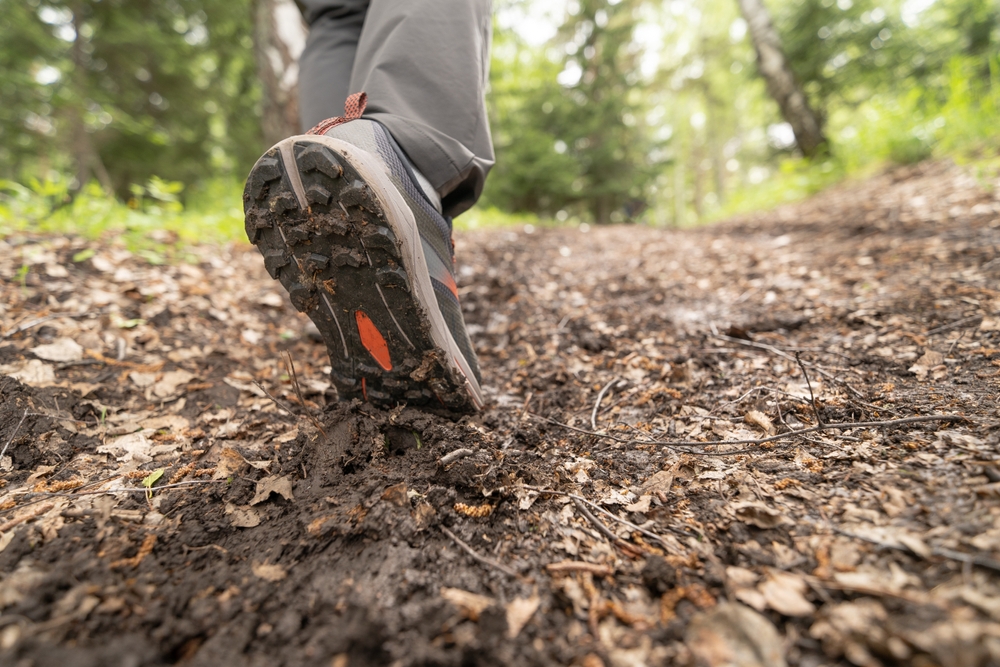Many people think 10,000 steps a day is the ultimate goal for staying healthy. However, that number might not be the best for everyone. Here’s a breakdown of how many steps you should aim for each day, depending on your age.
Others are reading now
You’ve probably heard that 10,000 steps a day is the magic number for good health. But is it really the right target for everyone? The ideal step count can vary based on age, lifestyle, and overall fitness. Here’s how many steps you should aim for daily, depending on your age.
Why Count Steps?

Also read
Counting steps is a simple way to track your daily physical activity. Walking regularly can:
-
Improve cardiovascular health
-
Boost energy levels
-
Reduce stress and enhance mood
-
Strengthen muscles and joints
However, the ideal number of steps can vary depending on your age and activity goals.
Recommended Steps Based on Age

Here’s how many steps you should aim for each day according to your age group:
Children and Teens (6-17 years)

Recommendation: 12,000-16,000 steps
Children and teenagers need high levels of physical activity to support growth, development, and a healthy weight. This translates to about 1.5-2 hours of moderate to vigorous physical activity daily.
Adults (18-40 years)

Recommendation: 7,000-10,000 steps
For adults in this age range, maintaining good fitness and preventing lifestyle-related diseases is key. These steps can be easily achieved through daily walking, workouts, and choosing active modes of transport like cycling or walking.
Middle-Aged Adults (41-60 years)

Recommendation: 6,000-8,000 steps
For this group, the focus is on maintaining health and keeping muscles and joints strong. Small changes, like taking the stairs or going for a walk during lunch breaks, can make a big difference.
Seniors (61+ years)

Recommendation: 4,000-6,000 steps
As we age, physical activity helps maintain mobility, reduce the risk of chronic diseases, and improve mood. Even moderate walks can provide significant health benefits for older adults.
Adjusting Your Goal

While these recommendations can give you an idea of how many steps to aim for, the most important thing is to find a routine that works for you. Start with small goals and gradually increase your activity. If you have health concerns, consult a doctor to determine the right level of activity for your needs.
Tips for Reaching Your Daily Steps

-
Take the stairs instead of the elevator.
-
Go for a walk during your lunch break.
-
Park further away from entrances when shopping.
-
Use a pedometer or fitness tracker to monitor your progress.
-
Walk with friends or family to make it more social and enjoyable.


